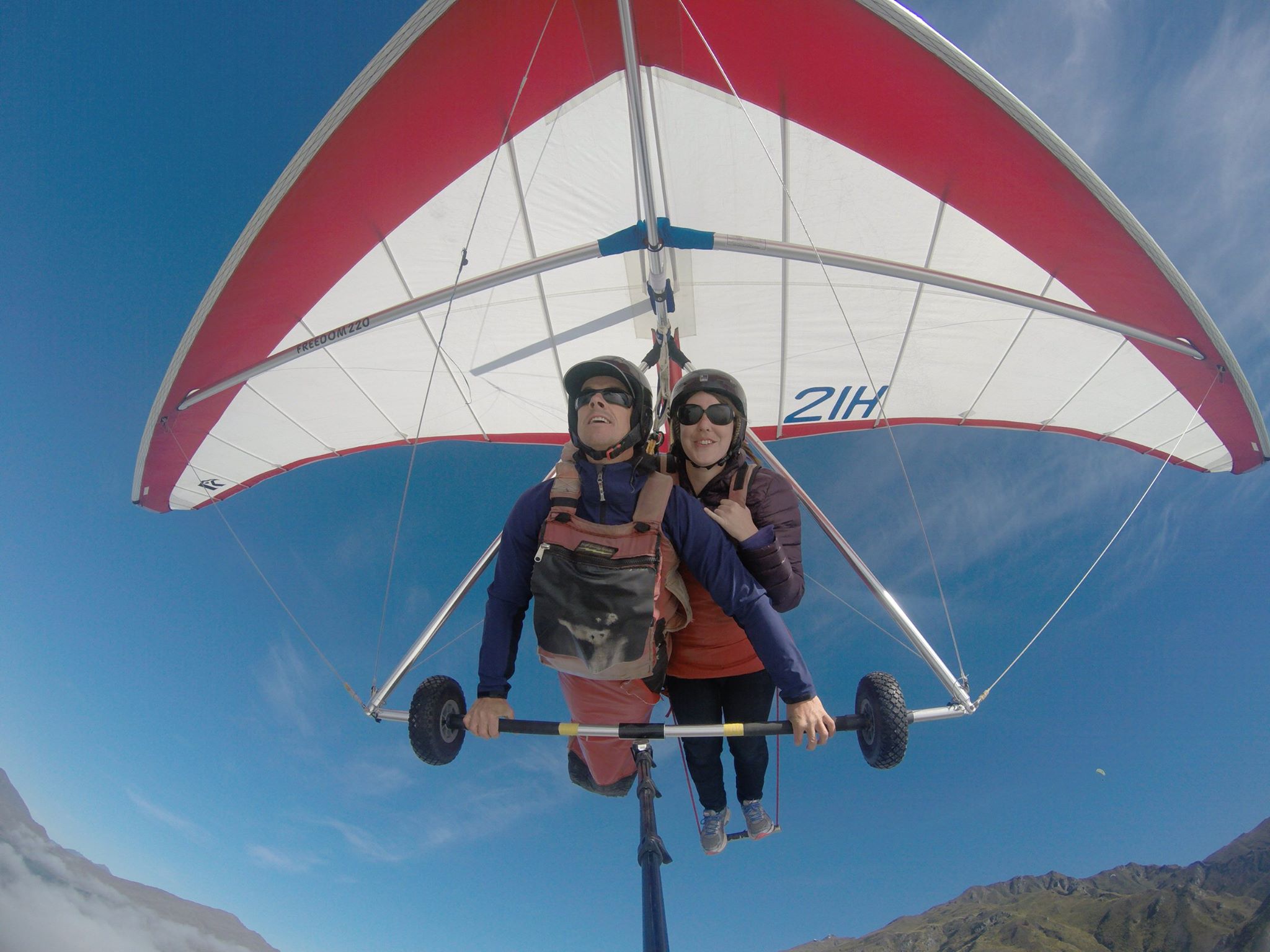
Hang gliding, a sport that combines the serenity of flight with the exhilaration of free-falling, has captivated adventurers for decades. From its humble beginnings to becoming a global phenomenon, hang gliding has evolved into a pursuit that melds skill, courage, and a deep connection with the elements.
Getting Started with Hang Gliding
Necessary Equipment
Before taking flight, aspiring hang gliders must acquaint themselves with the essential equipment. A sturdy hang glider, harness, helmet, and weather-appropriate clothing form the basics. Each component plays a crucial role in ensuring a safe and enjoyable experience.
Basic Techniques
Mastering the fundamental techniques is paramount for a smooth hang gliding experience. Learning how to launch, control altitude, and execute precise landings are skills that demand practice and patience.
Choosing the Right Location
Ideal Terrains for Hang Gliding
Selecting the right location is pivotal. Coastal cliffs, mountain slopes, and wide open spaces are ideal terrains that offer the necessary elevation and airflow for hang gliding.
Weather Considerations
Weather conditions profoundly impact hang gliding. Wind speed, direction, and thermals all contribute to the overall flying experience. Aspiring hang gliders must be attuned to weather patterns for a safe and enjoyable flight.
Safety First: Preparing for a Flight
Pre-Flight Checklists
Safety is paramount in hang gliding. Pre-flight checklists, including equipment inspections and weather assessments, are crucial steps to mitigate risks and ensure a secure journey.
Importance of Professional Training
While hang gliding may seem like a solo adventure, professional training is a non-negotiable aspect. Learning from experienced instructors not only enhances skills but also instills a deep understanding of safety protocols.
The Physics of Hang Gliding
Lift and Glide Dynamics
Understanding the physics of hang gliding is akin to mastering the sport. Lift and glide dynamics, influenced by the shape and design of the glider, are fundamental concepts that dictate the flow of the flight.
Understanding Wind Patterns
Wind patterns play a pivotal role in hang gliding. Novice and seasoned pilots alike must comprehend wind behavior for optimal control and navigation.
Mastering Hang Gliding Techniques
Turning and Steering
The art of turning and steering adds finesse to hang gliding. Executing controlled turns and precise steering not only enhances the experience but also ensures safety in varying flight conditions.
Gaining Altitude
Gaining altitude is a skill that seasoned hang gliders continuously refine. Harnessing thermals and updrafts allows pilots to ascend to greater heights, providing breathtaking views and extended flight times.
Hang Gliding Community and Culture
Community Events and Competitions
The hang gliding community is vibrant and tightly-knit. Community events and competitions foster camaraderie among pilots and showcase the skill and creativity of participants.
Shared Experiences and Stories
Hang gliders often recount their experiences with a unique sense of camaraderie. Shared stories of challenging flights, stunning vistas, and overcoming fears contribute to the rich tapestry of hang gliding culture.
Health Benefits of Hang Gliding
Physical Fitness
Hang gliding is not just an adventure sport; it’s a physical workout. Pilots engage various muscle groups during launches, steering, and landings, promoting cardiovascular health and overall fitness.
Mental Well-being
The mental benefits of hang gliding are equally significant. The meditative aspects of flying, coupled with the thrill of the sport, contribute to stress relief and enhanced mental well-being.
Hang Gliding vs. Paragliding: A Comparison
Differentiating the Two Sports
Hang gliding and paragliding share similarities but differ significantly. Understanding the distinctions helps enthusiasts choose the sport that aligns with their preferences and skill levels.
Choosing the Right Fit
Whether one opts for hang gliding or paragliding depends on personal preferences and desired levels of thrill. Both sports offer unique experiences, attracting a diverse community of adventure enthusiasts.
Environmental Considerations
Eco-Friendly Aspects of Hang Gliding
Hang gliding is inherently eco-friendly, leaving minimal impact on the environment. The sport promotes a deeper connection with nature and often involves initiatives for environmental conservation.
Conservation Efforts within the Community
Hang gliding communities worldwide actively contribute to conservation efforts. From organizing clean-up events to supporting local environmental initiatives, hang gliders are often advocates for preserving the natural landscapes they explore.
Famous Hang Gliding Destinations Around the World
Must-Visit Spots for Hang Gliders
From the lush landscapes of Interlaken, Switzerland, to the rugged coastlines of Big Sur, California, the world boasts iconic hang gliding destinations. Each location offers a unique combination of challenges and breathtaking views.
Unique Features of Each Location
Whether it’s the dynamic air currents of Queenstown, New Zealand, or the expansive dunes of the Namib Desert, each hang gliding destination presents pilots with distinct challenges and rewards.
Hang Gliding Gear and Technological Advancements
Evolution of Hang Gliding Equipment
Hang gliding equipment has evolved significantly over the years. From the early days of bamboo and canvas to modern materials like aluminum and high-tech fabrics, advancements continue to enhance safety

